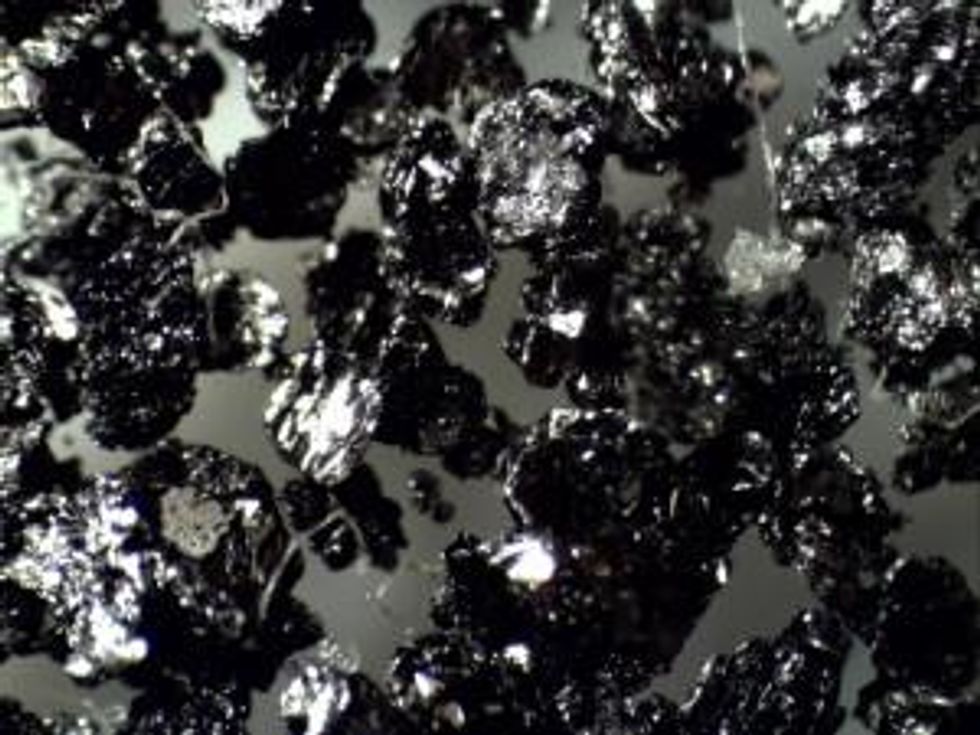PROJECT UPDATE: Lomiko, Graphene Labs, Stony Brook University to Investigate New Graphene Applications
Lomiko Metals and Graphene Laboratories, along with the Research Foundation of Stony Brook University, have agreed to work together to determine how to make commercially viable graphene-based energy storage devices.
Over the last few years, graphene, a derivative of graphite, has been nicknamed the “wonder material” of the 21st century, largely due to its role in revolutionizing the technology surrounding a variety of industries, including telecommunications, artificial photosynthesis and lithium-ion batteries. It’s no surprise, then, that graphite companies have been vying to get a piece of the graphene pie.
Lomiko Metals (TSXV:LMR), a graphite exploration company based in British Columbia, is no exception: in February, it signed a strategic alliance with Graphene Laboratories, a private company that provides graphene to institutions such as academic universities, national laboratories and industrial entities.
Now, the company, along with Graphene Laboratories, has agreed to work with the Research Foundation of Stony Brook University to investigate new, energy-focused graphene applications. Under the agreement, Graphene Laboratories will process graphite from Lomiko’s Quatre Milles property into graphene that will be examined by the Research Foundation. The group believes that graphene’s properties make it “an ideal electrode material for electrochemical devices used in clean energy applications” and thinks that it “shows promise for super-capacitors and next-generation Li-ion batteries.” Its goal is to determine the most efficient — and commercially viable — ways of using graphene for energy storage applications.
Paul Gill, CEO of Lomiko, commented in a company press release, “[t]his new agreement with Stony Brook University’s researchers means Lomiko is participating in the development of the technology that makes graphene possible. Using graphene to achieve very high energy densities in super capacitors and batteries is transformative technology.” He also noted that this step is key in bringing the company closer to its goal of becoming a vertically integrated graphite and graphene business.
The group’s focus on commercial viability is laudable as the biggest problem with graphene is that thus far its effects have not been seen outside laboratories. In fact, Chris Berry of House Mountain Partners told Graphite Investing News last year, “I am not aware of any widespread commercial use of graphene by any firms.” Although the project is still in its early stages, Lomiko and its partners are working specifically to address the issue of commercial use of graphite, in part by addressing the cost of graphene production, meaning that perhaps products enhanced by the “wonder material” will be hitting the shelves sooner than expected.
Securities Disclosure: I, Charlotte McLeod, hold no direct investment interest in any company mentioned in this article.
Editorial Disclosure: Lomiko Metals is a client of the Investing News Network. This article is not paid-for content.
Related reading:
Graphene: Key to Revolutionizing Telecommunications?
Graphene Could Make Artificial Photosynthesis More Efficient
Graphene Making Inroads in Lithium-ion Battery Market
Production Costs Need to Drop to Support Widespread Graphene Use






